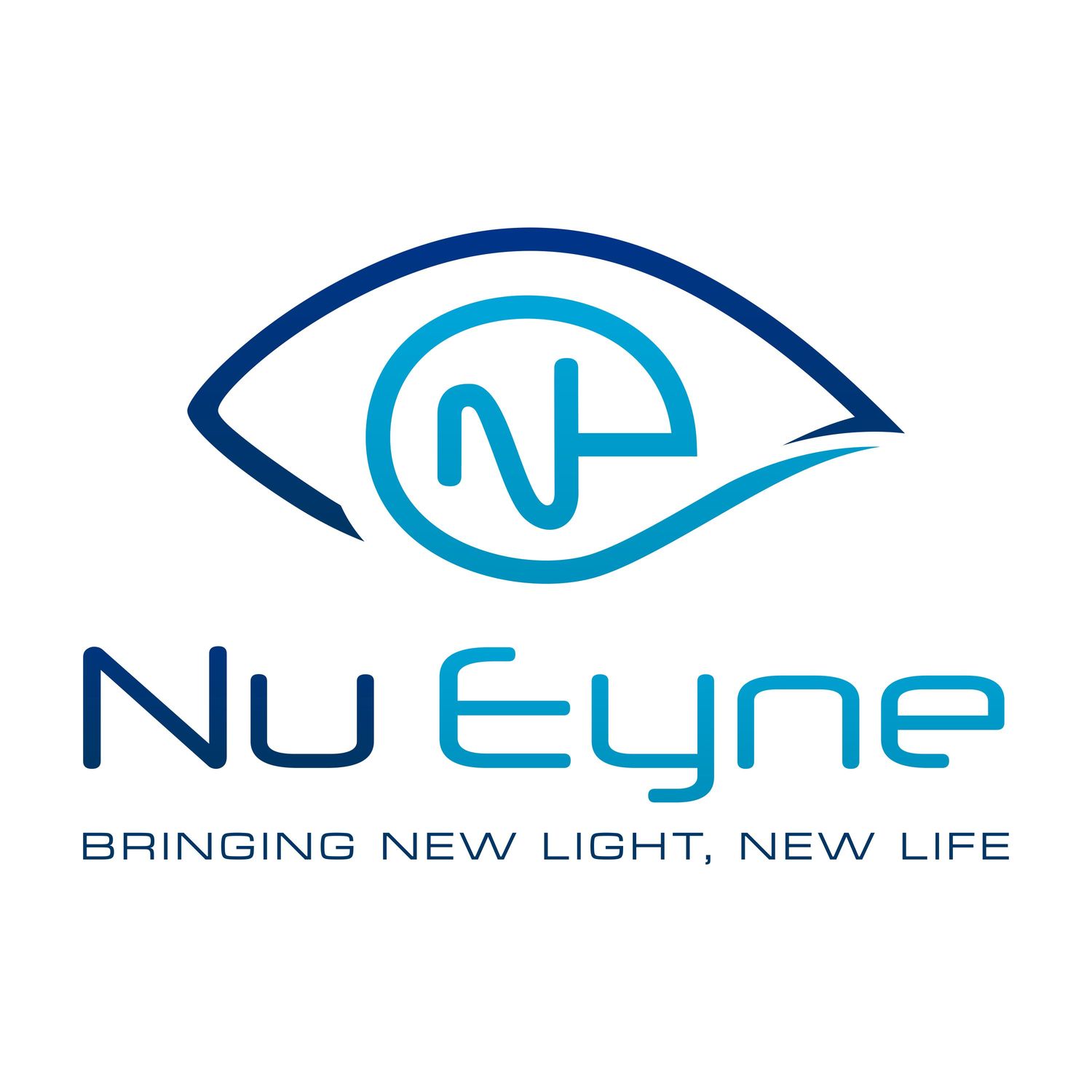预约演示
更新于:2025-05-07
M-02
更新于:2025-05-07
概要
基本信息
药物类型 小分子化药 |
别名- |
靶点- |
作用方式- |
作用机制- |
治疗领域 |
在研适应症- |
非在研适应症 |
原研机构 |
在研机构- |
非在研机构 |
权益机构- |
最高研发阶段无进展临床1期 |
首次获批日期- |
最高研发阶段(中国)无进展 |
特殊审评- |
登录后查看时间轴
关联
3
项与 M-02 相关的临床试验NCT05259371
A 16-Week, Multi-Center, Open-Label, Exploratory Study to Evaluate the Safety and Efficacy of the Application of Pulse Electrical Stimulation Around the Eye in Early to Moderate Dry Age-Related Macular Degeneration
This study aims to evaluate the safety and efficacy of applying pulse electrical stimulation around eyes of age-related macular patients.
开始日期2022-10-05 |
申办/合作机构 |
CTR20212557
M-02胶囊在健康受试者中多次给药的安全性、耐受性及药动学研究
主要目的:评价M-02胶囊在健康受试者中多次口服给药的安全性与耐受性。次要目的:评价M-02胶囊在健康受试者中多次给药的药代动力学(PK)特征。
开始日期2021-11-01 |
申办/合作机构 |
CTR20210655
M-02胶囊在健康受试者中单次给药的安全性、耐受性及药动学研究
主要目的:评价M-02胶囊在健康受试者中单次口服给药的安全性与耐受性。
次要目的:评价M-02胶囊在健康受试者中单次给药的药代动力学(PK)特征。
开始日期2021-04-15 |
申办/合作机构 |
100 项与 M-02 相关的临床结果
登录后查看更多信息
100 项与 M-02 相关的转化医学
登录后查看更多信息
100 项与 M-02 相关的专利(医药)
登录后查看更多信息
25
项与 M-02 相关的文献(医药)2024-10-01·Pharmacological Reports
Pharmacokinetic interaction between regorafenib and atorvastatin in rats
Article
作者: Grześkowiak, Edmund ; Karbownik, Agnieszka ; Wolc, Anna ; Czyrski, Andrzej ; Szałek, Edyta ; Karaźniewicz-Łada, Marta ; Otto, Filip ; Szkutnik-Fiedler, Danuta ; Lewandowski, Konrad
2022-06-01·European Journal of Cancer1区 · 医学
Impact of trough concentrations of regorafenib and its major metabolites M-2 and M-5 on overall survival of chemorefractory metastatic colorectal cancer patients: Results from a multicentre GERCOR TEXCAN phase II study
1区 · 医学
Article
作者: Rousseau, Benoit ; Cohen, Romain ; Louvet, Christophe ; Andre, Thierry ; Hulin, Anne ; Bachet, Jean-Baptiste ; Boukerma, Arezki K ; Vernerey, Dewi ; Lucidarme, Olivier ; Tournigand, Christophe ; Chibaudel, Benoist ; Borg, Christophe ; Kim, Stefano ; Mazard, Thibault ; Henriques, Julie
2020-11-01·Food Research International1区 · 农林科学
Comprehensive nutritional profiling and activity directed identification of lead antioxidant, antilithiatic agent from Macrotyloma uniflorum (Lam.) Verdc
1区 · 农林科学
Article
作者: Chahota, Rakesh Kumar ; Gautam, Manisha ; Katoch, Shivani
100 项与 M-02 相关的药物交易
登录后查看更多信息
研发状态
10 条进展最快的记录, 后查看更多信息
登录
| 适应症 | 最高研发状态 | 国家/地区 | 公司 | 日期 |
|---|---|---|---|---|
| 阿片类药物引起的便秘 | 临床1期 | 中国 | 2021-04-15 |
登录后查看更多信息
临床结果
临床结果
适应症
分期
评价
查看全部结果
| 研究 | 分期 | 人群特征 | 评价人数 | 分组 | 结果 | 评价 | 发布日期 |
|---|
No Data | |||||||
登录后查看更多信息
转化医学
使用我们的转化医学数据加速您的研究。
登录
或

药物交易
使用我们的药物交易数据加速您的研究。
登录
或

核心专利
使用我们的核心专利数据促进您的研究。
登录
或

临床分析
紧跟全球注册中心的最新临床试验。
登录
或

批准
利用最新的监管批准信息加速您的研究。
登录
或

特殊审评
只需点击几下即可了解关键药物信息。
登录
或

Eureka LS:
全新生物医药AI Agent 覆盖科研全链路,让突破性发现快人一步
立即开始免费试用!
智慧芽新药情报库是智慧芽专为生命科学人士构建的基于AI的创新药情报平台,助您全方位提升您的研发与决策效率。
立即开始数据试用!
智慧芽新药库数据也通过智慧芽数据服务平台,以API或者数据包形式对外开放,助您更加充分利用智慧芽新药情报信息。
生物序列数据库
生物药研发创新
免费使用
化学结构数据库
小分子化药研发创新
免费使用
